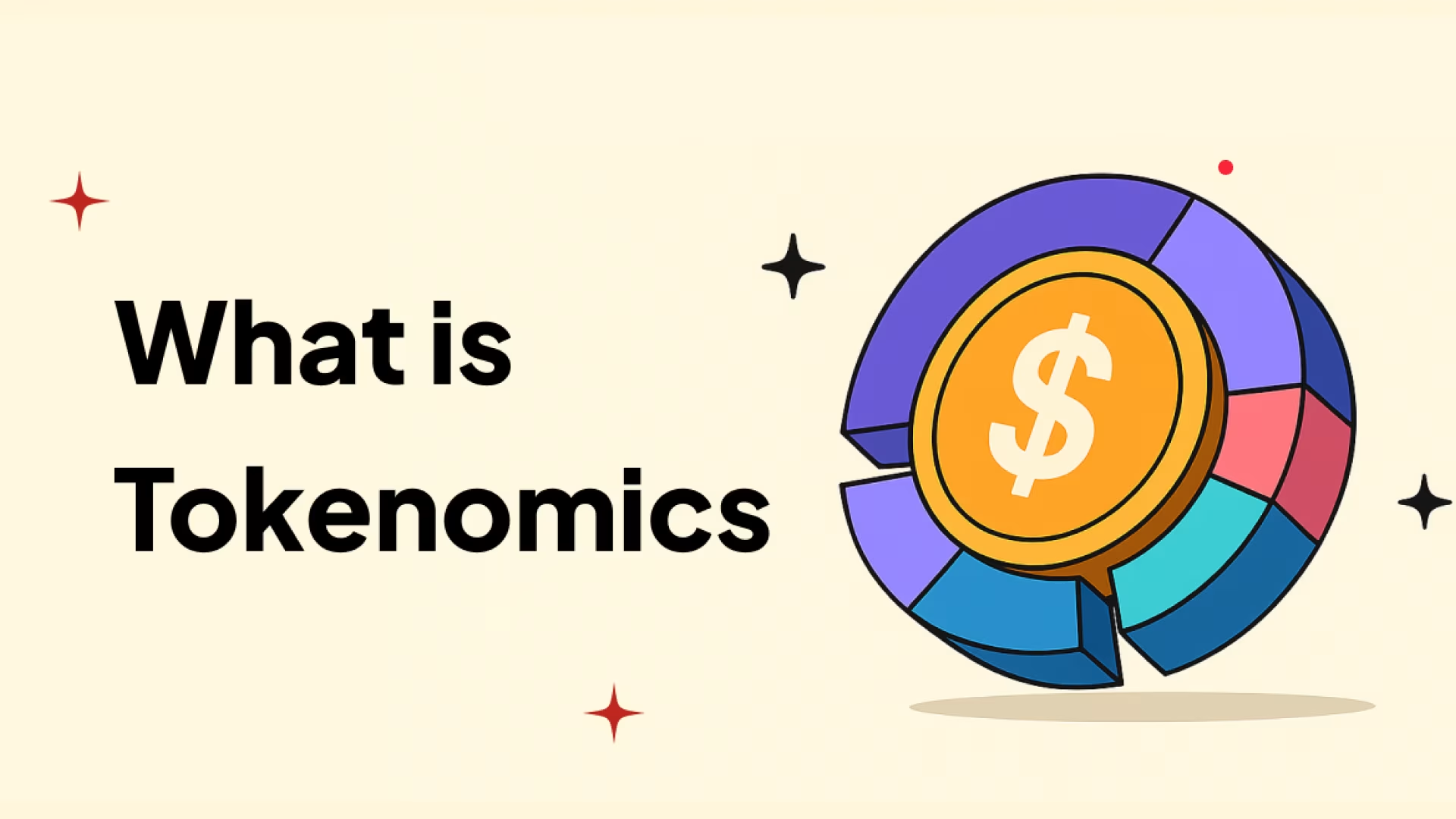What Is Tokenomics? The Complete Guide to Understanding Crypto Value
As the crypto market matures, one concept remains central to understanding why some digital assets thrive while others fade: tokenomics. Whether you’re an investor, a Web3 founder, or a user exploring DeFi and exchanges like Backpack, grasping tokenomics can help you evaluate a project’s true potential beyond price speculation.
What Is Tokenomics?
Tokenomics (a blend of “token” and “economics”) refers to the study of how a cryptocurrency or token operates within its ecosystem. It covers everything from token supply and distribution to its use cases, governance, and incentive design.
At its core, tokenomics determines how value is created, maintained, or destroyed in a blockchain network. Well-designed tokenomics ensures that users, developers, and investors are aligned to sustain long-term growth.
In simple terms: Tokenomics is to crypto what a business model is to a company. It explains how the system works, rewards participants, and manages scarcity.
Key Components of Tokenomics
A token’s economic model can be broken into several essential components. Understanding these helps users make informed decisions when trading, staking, or investing.
Token Supply and Distribution
Tokenomics begins with supply mechanics. Cryptocurrencies may have a fixed supply (like Bitcoin’s 21 million cap) or an inflationary model (like Ethereum after EIP-1559, which burns part of transaction fees but continues to issue new ETH depending on network activity).
Distribution models also affect early price dynamics and decentralization. For example:
- Fair launches distribute tokens through mining or staking, not private sales.
- Pre-mined tokens allocate a portion to the project team, investors, or foundations.
A well-balanced distribution avoids centralization risks and promotes trust among users.
Token Utility: The Real Driver of Value
A token’s utility defines its purpose. The more valuable and necessary it is for users, the stronger its long-term tokenomics.
Common utilities include:
- Governance tokens: Allow holders to vote on protocol changes.
- Payment tokens: Used for transaction fees or purchases.
- Staking tokens: Lock up tokens to earn rewards or secure the network.
- Access tokens: Grant entry to specific services, apps, or NFT platforms.
In 2025, token utility is expanding into real-world applications (RWA) like on-chain credit, gaming assets, and cross-border business payments, where crypto projects such as Reap and other fintech innovators integrate blockchain for financial efficiency.
Incentives and Network Design
A successful token economy aligns the interests of all participants through incentives. These include:
- Staking rewards to encourage network security
- Liquidity mining to deepen decentralized exchange pools
- Referral programs to attract new users
- Burn mechanisms to manage supply inflation
For instance, protocols like Solana and Avalanche use staking incentives to secure their networks and reward validators with a share of transaction fees.
Why Tokenomics Matters for Crypto Investors and Builders
Understanding tokenomics is crucial for anyone in crypto, especially in a maturing market where projects compete for liquidity and community trust.
For investors, analyzing tokenomics helps answer key questions:
- Is the project sustainable beyond hype?
- How are tokens distributed, and is there a lock-up period?
- What real utility or demand drives long-term value?
For builders, strong tokenomics ensures:
- Aligned user incentives
- Stable liquidity
- Long-term ecosystem health
With new regulations and investor scrutiny in 2025, tokenomics transparency has become a defining factor in a project’s credibility.
Emerging Trends in Tokenomics
In 2025, tokenomics continues to evolve alongside DeFi and Web3 infrastructure. Key trends include:
- Dynamic Supply Models: Projects are introducing flexible mint-and-burn mechanisms to balance liquidity with scarcity.
- Real-World Asset (RWA) Integration: Tokenized real estate, treasury bills, and business invoices are redefining how value is stored on-chain.
- Multi-chain Incentives: Cross-chain bridges and decentralized exchanges reward liquidity providers across multiple networks.
- Regulatory-Ready Models: Governments in Hong Kong, Singapore, and the EU are enforcing clearer disclosure of token allocation and vesting schedules.
How to Evaluate a Project’s Tokenomics
Before investing or using a crypto platform, analyze its tokenomics by reviewing:
- Whitepaper: Does it clearly explain the economic model?
- On-chain data: Check supply and wallet concentration via blockchain explorers.
- Vesting schedule: Understand when insiders can sell.
- Utility and demand: Is there a sustainable use case?
- Community governance: Are holders empowered to make decisions?
These checks can help crypto users on exchanges like Backpack identify trustworthy projects with long-term value rather than short-lived hype.
Conclusion
Tokenomics is the backbone of every blockchain project, defining how tokens create, distribute, and sustain value. In a more regulated and competitive crypto environment, investors and developers who understand tokenomics will have a clear edge in identifying meaningful innovation and avoiding unsustainable projects.
As blockchain moves deeper into global finance and business infrastructure, strong tokenomics design will separate the ecosystems that endure from those that fade.
Learn more about Backpack
Exchange | Wallet | Twitter | Discord
Disclaimer: This content is presented to you on an “as is” basis for general information and educational purposes only, without representation or warranty of any kind. It should not be construed as financial, legal or other professional advice, nor is it intended to recommend the purchase of any specific product or service. You should seek your own advice from appropriate professional advisors. Where the article is contributed by a third party contributor, please note that those views expressed belong to the third party contributor, and do not necessarily reflect those of Backpack. Please read our full disclaimer for further details. Digital asset prices can be volatile. The value of your investment may go down or up and you may not get back the amount invested. You are solely responsible for your investment decisions and Backpack is not liable for any losses you may incur. This material should not be construed as financial, legal or other professional advice.



.avif)